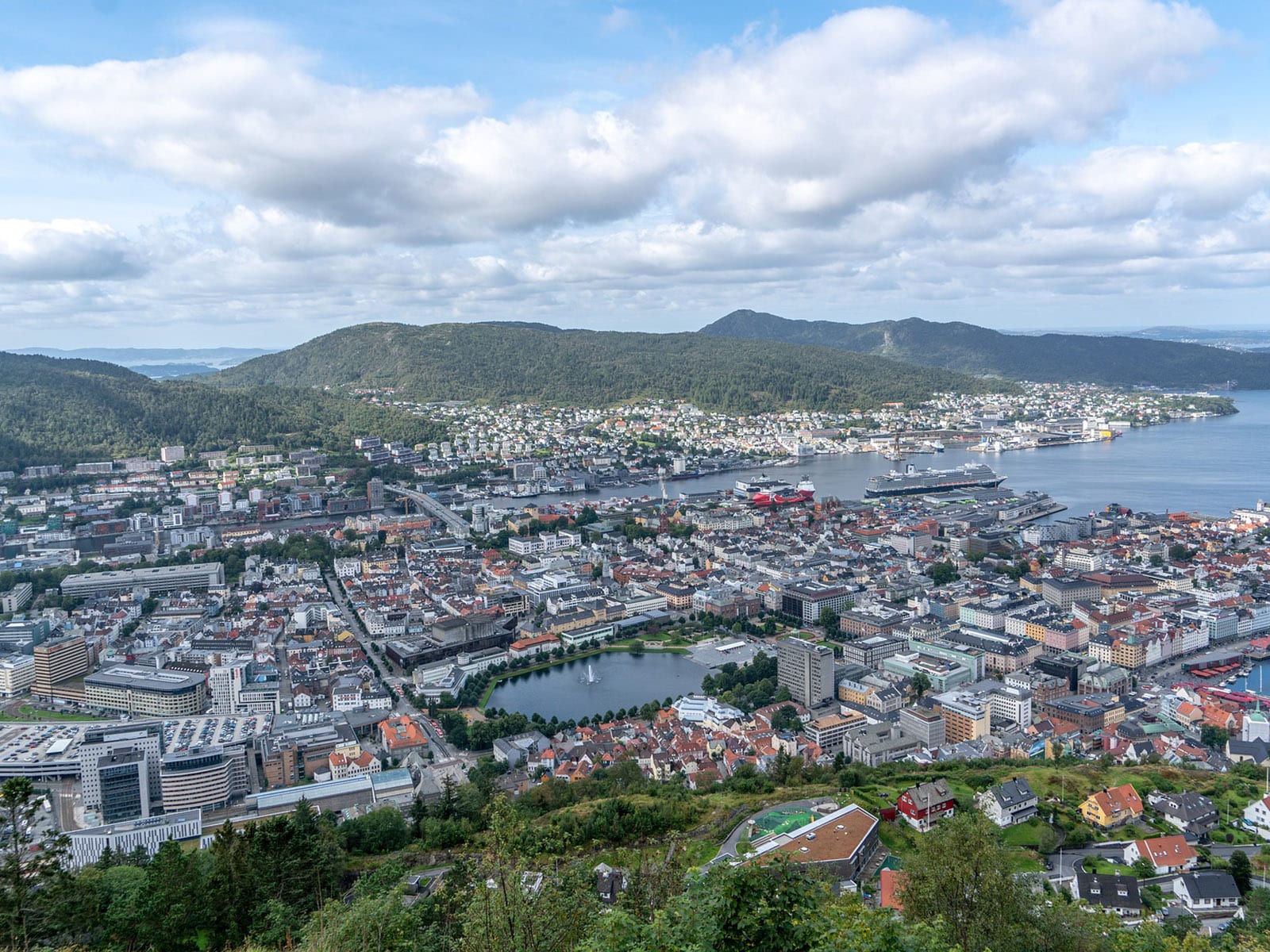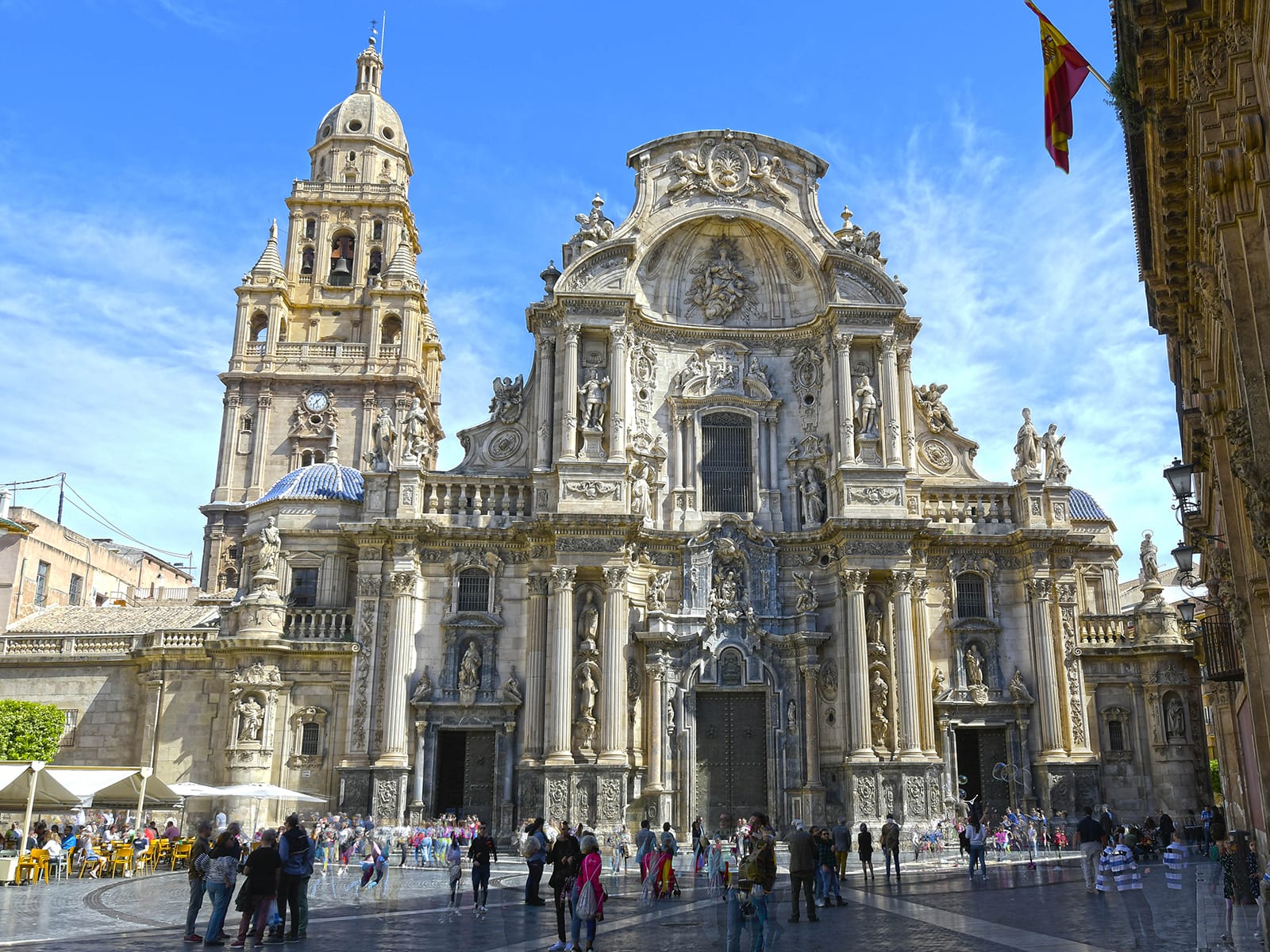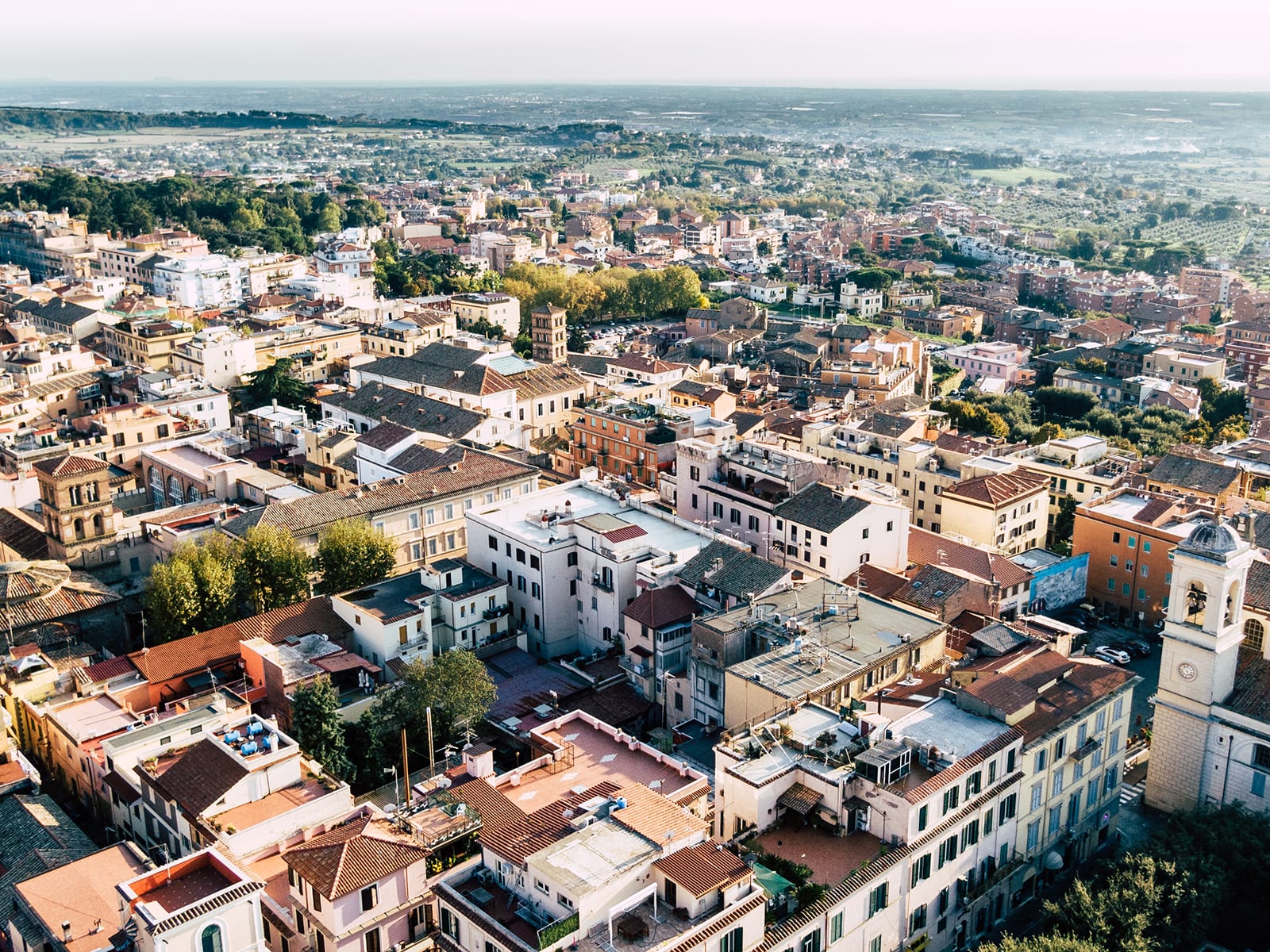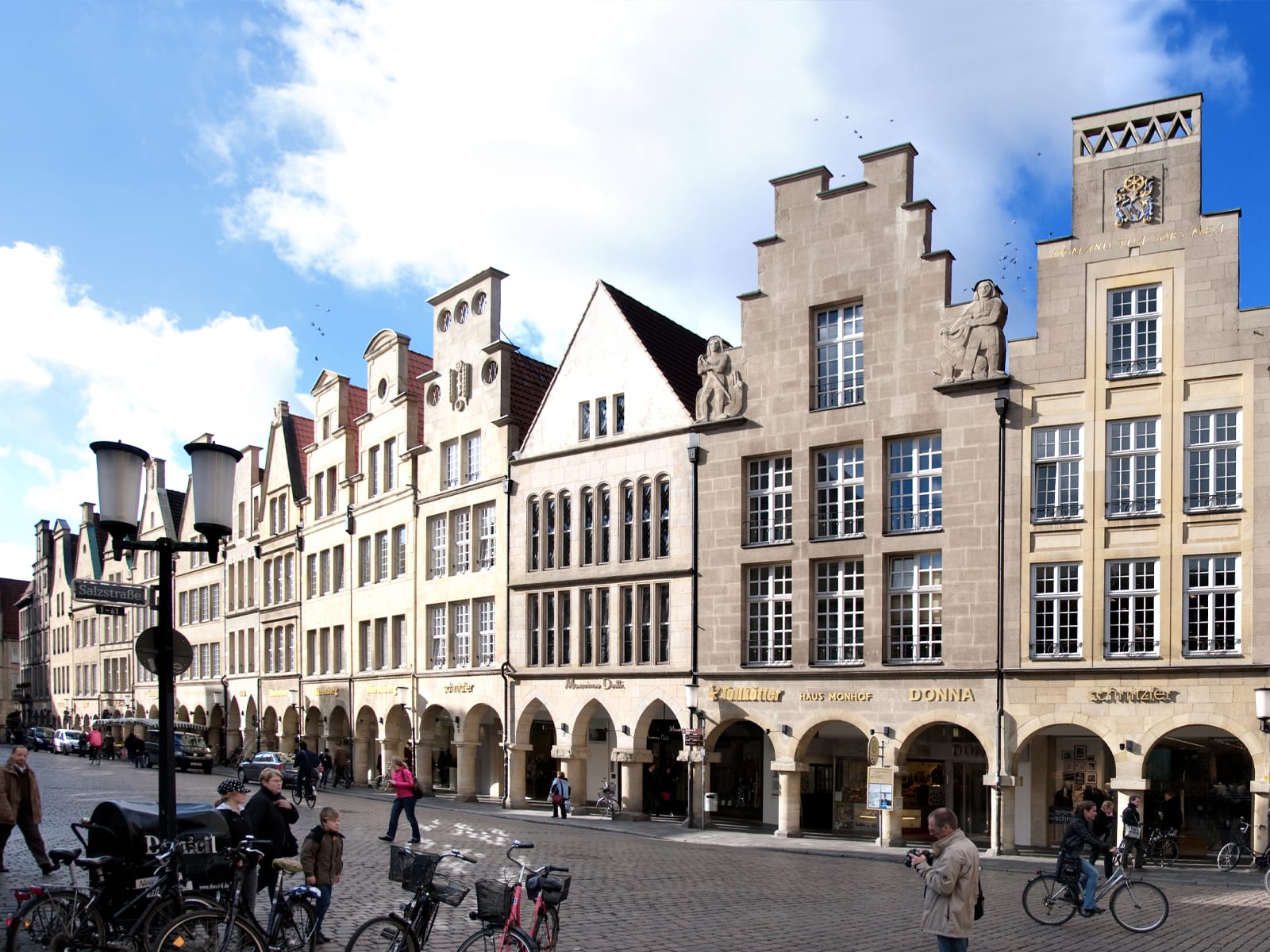Greater Porto
Portugal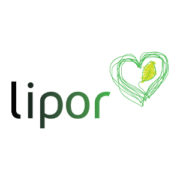
Partner in HOOP
LIPOR, the Intermunicipal Waste Management Service of Greater Porto, is responsible for the waste produced in the eight associated municipalities.

Circular economy in Greater Porto
Porto is Portugal’s second largest city, located on the northwest coast of the country. LIPOR manages, recycles and recovers 520,000 tonnes per year of municipal waste, produced by 1 million people in the 8 municipalities in the Greater Porto region. Since the foundation of LIPOR in 1982, biowaste valorisation, specifically food and garden waste, has been a priority and is aligned with the waste hierarchy: prevention, recycling at source and separate collection and biowaste recovery.
LIPOR’s composting plant receives carefully selected biowaste from separate collection, producing a certified, premium quality compost. This rigorous quality process implies that the challenge to scale-up biowaste collection to the whole region, and the construction of a new biowaste treatment plant, must fulfill demanding input criteria and the production of great quality bio-based products. In terms of techno-economic viability, LIPOR aims to tackle the poor economics of biowaste valorisation (operational costs vs. revenue) and develop a new waste tariff model, that values proper waste separation.

Economia circular no Grande Porto
A LIPOR – Serviço Intermunicipal de Gestão de Resíduos do Grande Porto – gere, valoriza e trata 520.000 t/ano de resíduos urbanos, produzidos por 1 milhão de habitantes, em 8 concelhos da região do Grande Porto, Portugal. Desde a fundação da LIPOR em 1982, a valorização dos biorresíduos, especificamente resíduos alimentares e de jardim, é uma prioridade e está alinhada com a hierarquia de gestão de resíduos: prevenção, tratamento na fonte e recolha seletiva e valorização.
A central de compostagem da LIPOR recebe biorresíduos criteriosamente selecionados, provenientes de recolha seletiva, produzindo um composto certificado de alta qualidade. Este rigoroso processo de qualidade implica que o desafio de expansão da recolha de biorresíduos a toda a região, e a construção de uma nova central de tratamento de biorresíduos, cumpram critérios exigentes ao nível da matéria-prima e da qualidade dos bioprodutos. Em termos de viabilidade técnico-económica, a LIPOR ambiciona combater a economia de baixo-valor na valorização dos biorresíduos (custos operacionais vs. receita) e desenvolver um novo modelo tarifário, que incentive a separação na origem.
Facing similar challenges in your region? Join our network to exchange solutions.
Ambition in HOOP
LIPOR’s mission is to transform waste into new resources, through the implementation of innovative and circular practices, generating and sharing value. Aligned with its integrated strategy, LIPOR aims to transform biowaste into innovative, circular and sustainable bio-based products. Within the HOOP project, LIPOR is looking for support in the development of bio-based products from both the refuse produced in the composting plant and the digestate that will be produced in the future anaerobic digestion plant. LIPOR has specific interest in acquiring knowledge around the processes of nutrient extraction from digestate and pyrolysis of refuse from the composting process, identifying innovative solutions with techno-economic viability, pursuing better market positioning and unlocking mechanisms for future investment.
Ambição no HOOP
A missão da LIPOR é transformar resíduos em novos recursos pela implementação de práticas inovadoras e circulares, gerando e compartilhando valor. Em alinhamento com a sua estratégia integrada, a LIPOR ambiciona transformar os biorresíduos em bioprodutos inovadores, circulares e sustentáveis. Com o projeto HOOP, procuramos apoio no desenvolvimento de novos bioprodutos a partir do refugo produzido na central de compostagem e do digerido que será produzido na futura central de digestão anaeróbia. A LIPOR tem particular interesse em adquirir conhecimentos ao nível dos processos de extração de nutrientes do digerido e de pirólise dos resíduos do processo de compostagem, identificando soluções inovadoras com viabilidade técnico-económica, procurando um melhor posicionamento de mercado e desbloqueando mecanismos para futuros investimentos.
Está no Grande Porto e quer aderir?
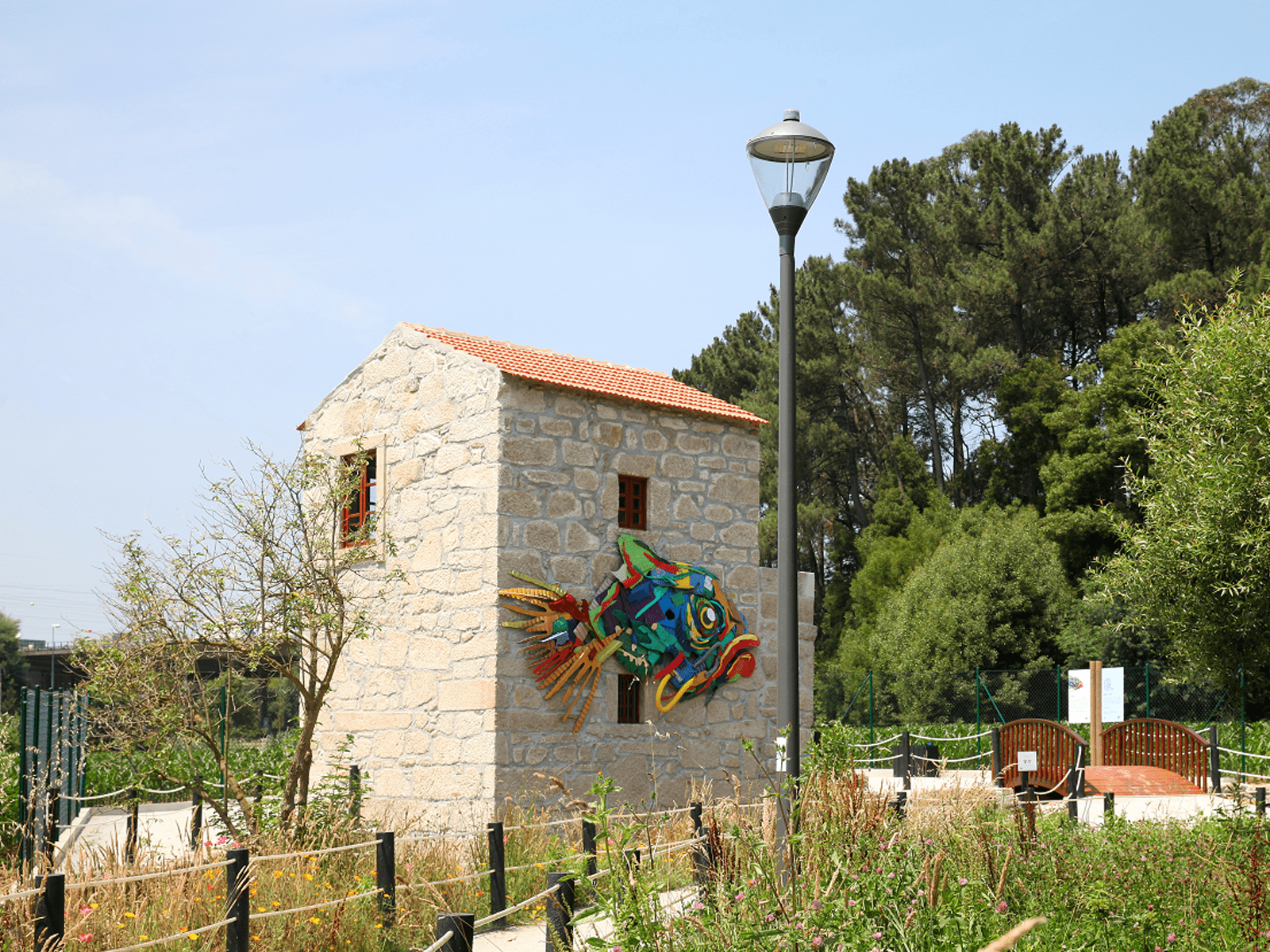
A watermill on LIPOR’s ecological trail, Baguim do Monte, Porto, Portugal – LIPOR.
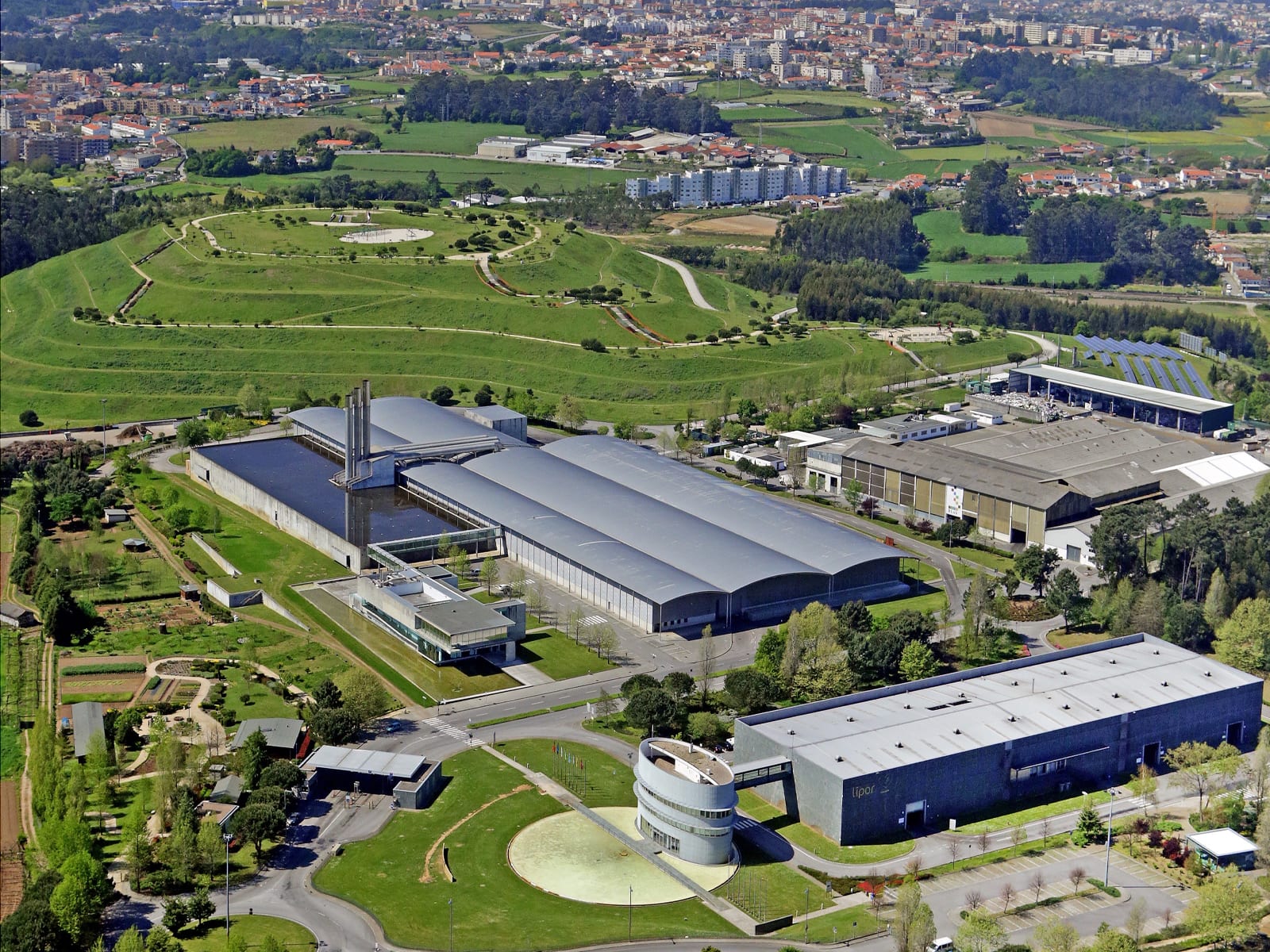
Aerial view of the LIPOR I complex in Baguim do Monte, Porto, Portugal – LIPOR.
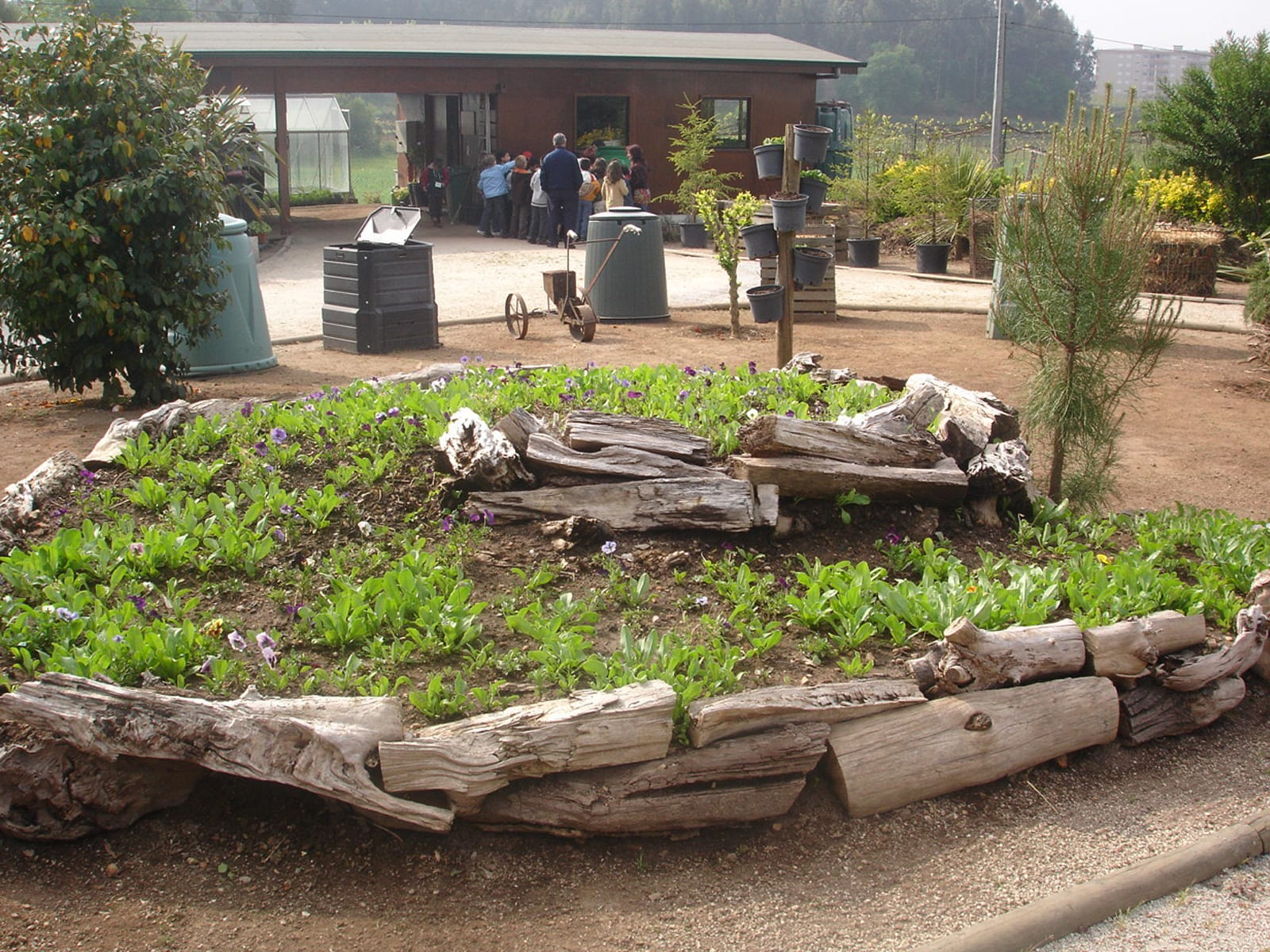
Horta da Formiga home composting centre and demonstration site, Porto, Portugal – LIPOR.
Photo Galleries
Greater Porto in numbers
213,000 tonnes
OFMSW generated per year
1,000,000
Inhabitants in the Greater Porto area
€35 million
Investment committed in the HOOP Project
8
municipalities making up the Greater Porto area
Other Lighthouse Cities & Regions
Latest news
Discover the HOOP Toolkit to unlock investment in the urban bioeconomy
The HOOP project has provided Project Development Assistance (PDA) to 8 lighthouse cities and regions, supporting them in…
Next Event
Join the HOOP Final event
25 March 2025
March 25th and 26th, 2025 Join the HOOP Final Event and Drive Innovation in the Circular Bioeconomy! Discover...

